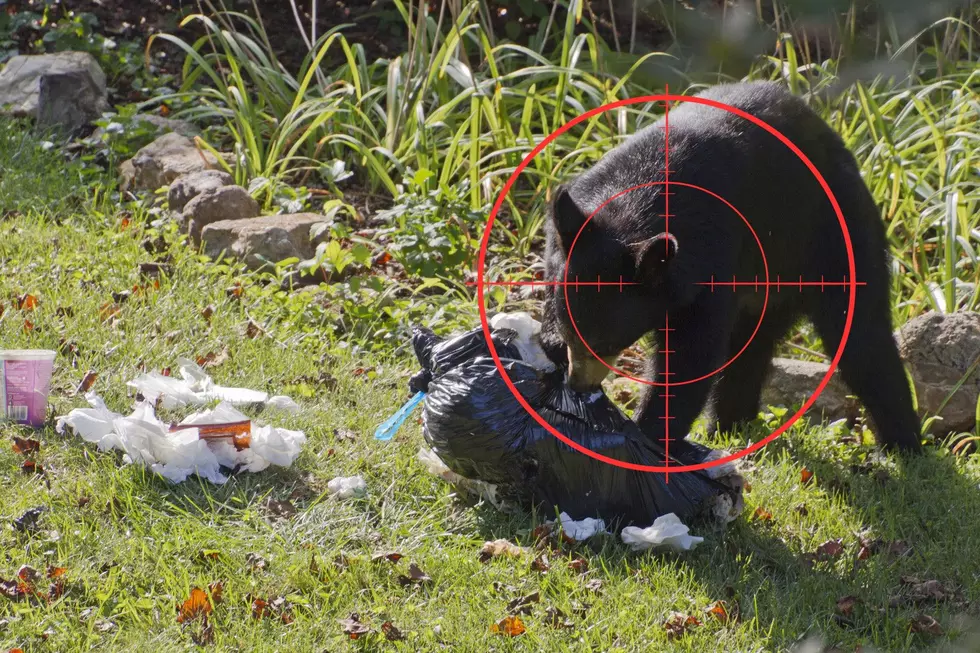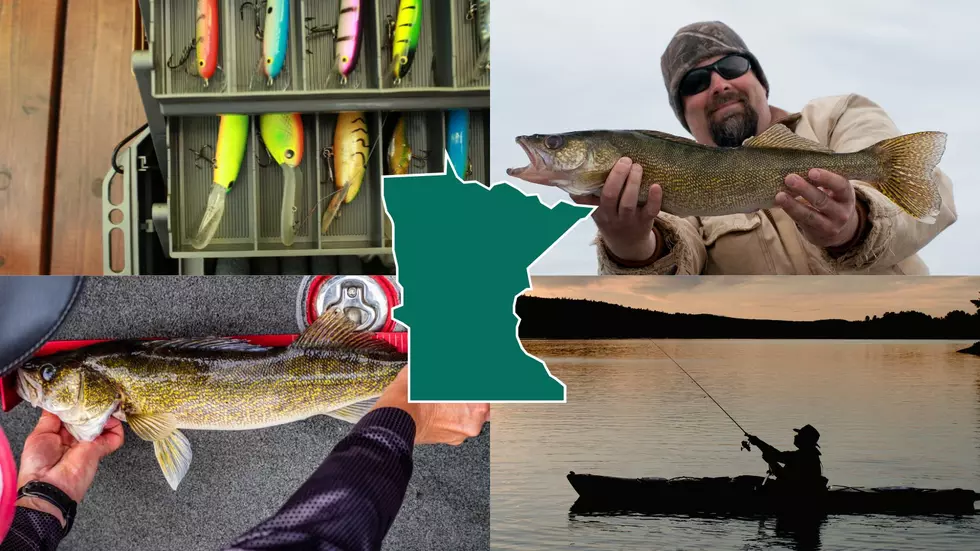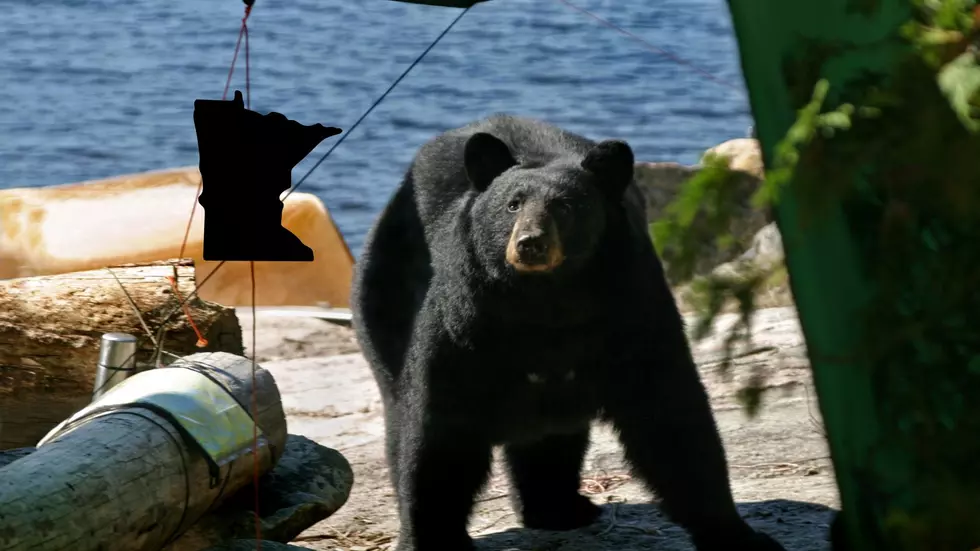
Minnesota DNR To Hunters: Don’t Shoot, Ear-Tagged, Radio-Collared Research Bears
Minnesota bear hunting season opens Friday, September 1 and the Minnesota Department of Natural Resources wants to remind hunters once again that they need to avoid shooting marked research bears.
Hunters should be able to spot these research bears as they are all marked with distinctively large, colorful ear tags and wear radio collars.
The DNR says that their researchers are currently monitoring 35 radio-collared black bears across the state, especially in bear hunting zones 27, 45, and parts of the no-quota zone. They note that the majority of radio-collared bears live in or near the Chippewa National Forest, Camp Ripley Military Reserve, the Pillsbury State Forest, and the Brainerd/Baxter area. However, hunters need to keep in mind that the bears also range widely from these sites.
“We are asking hunters to avoid shooting these valuable research bears,” said Andy Tri, Minnesota DNR bear research scientist. “These collared bears give us much of the data we use in bear management and are most valuable to us when they are collared for multiple years. Thank you to hunters who have opted not to take collared bears in past years and hunters who will choose not to harvest collared bears this season.”

The DNR says that a key to the research is looking at year-to-year changes in natural food supplies and how those changes affect individual bears in terms of their habitat use, physical condition, denning, reproduction, and interactions with people. If a research bear is killed it's a significant setback when the DNR is forced to trap new bears every year to replace the ones killed, they lose the potential for long-term data on those individual bears.
All the collars the Minnesota DNR uses in this research have GPS units. The GPS coordinates are either uploaded to a satellite or stored in the collar and downloaded by Minnesota DNR researchers when they visit the bears in their dens. Each bear provides several thousand data points per year.
Hunters should keep in mind that the bear’s coat often hides the collar, especially in the fall, and most of the collars are black. However, all collared bears have large (3 x 2 inch), colorful ear tags. The tags should be visible on trail cam photos or when a bear is at a bait.
Minnesota DNR officials recognize hunters might not be able to see a radio collar or ear tags in some situations. For this reason, taking a bear with a radio collar is not against the law. That being said, pausing briefly to get a clear view of its head would reveal whether it has large ear tags, indicating that it is collared.
The Minnesota DNR asks any hunters who do shoot a collared or ear-tagged bear to call the Minnesota DNR Wildlife Research Office in Grand Rapids at 218-328-8879 or 218-328-8874 to report it and coordinate the pickup or drop off of the collar and heart monitor, if applicable.
States with the most registered hunters
LOOK: Here are the states where you are most likely to hit an animal
More From B105









